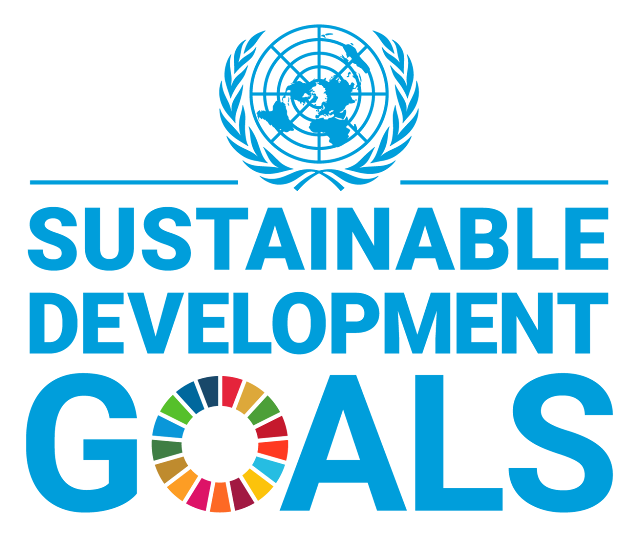Pratham Golcha, Green Blogger
For
a better, more prosperous and sustainable future ahead, the United Nations
adopted the 2030 Agenda. The 2030 Agenda’s focus is multi-dimensional and
multi-disciplinary. Basically, it is an action plan for namely “people, planet
and prosperity”, according to the United Nations Development Programme
(UNDP). The main aim of the 2030 Agenda
is to eradicate poverty in all forms and from all societies so as to provide a
better living to the less unfortunate people in the society. The worst curse in
this world is to be poor because poverty includes extremely difficult standards
of living, such as little or no access to clean drinking water, food,
sanitation, decent standard of living, education, etc. The people living below
the poverty line are many-a-times left behind in the society and there’s no one
to pay heed to them, and little do the corrupt governments across the world do to
help them recover. The only way to achieve this goal is through collaboration
and partnerships, between and among, but not limited to, member states,
stakeholders, groups, etc. The Sustainable Development Goals (SDGs) are of
critical importance and form the major basis needed in the achievement of
Agenda 2030. Various UN arms such as UNDP, UNICEF, UNHRC, UNHCR, WHO etc. are
working together to ensure the timely fulfillment of this agenda on a global
basis. The SDGs or Global Goals, as they are referred to, views that the
development must take into account social, economic and environmental
sustainability. The tag line of “Leave No One Behind” clearly suggests the
inclusive nature of these goals and how crucial each stakeholder’s
contributions are. Various Global Goals such as Zero Hunger, Zero Poverty,
discrimination against women and girls, etc clearly state the complexity of the
issue and that action in one area will affect the outcome in others.
Climate
change is real and it’s happening! The single biggest threat to sustainable
development at the moment is climate change and it is a well-known fact that
the most vulnerable of the society, and the poor are the worst affected and
impacted. And in that context, the Agenda 2030, The Paris Agreement and the
Sendai Framework for Disaster Risk Production form the basis to achieve the
defined goals. Agenda 13 of the Sustainable Development Goals talks primarily
and exclusively about climate change. It is a well-known fact that climate
change continues to be one of the major reasons attributed to displacement and
migration. The migrators who get displaced must be guaranteed rights under
bilateral agreements that protect their individual sovereignty. The lack of information, plus the less time to
respond to the disaster could be even more disastrous than the disaster itself.
All
the National Federations in charge to facilitate the discharge and acceptance
of these goals must modify the nuances according to their countries’ needs and
requirements and must form adequate action plans to achieve the same, before
the deadline. The Agenda 2030 presents a comprehensive overhaul of the
important issues that peg the society. The SDGs form an incoherent part of the
Agenda 2030 for climate change and are inseparable from them. The 17 SDGs
enunciated are of high importance in realizing these goals, especially SDG 13
that talks about Climate Change. The ill effects of climate change can be felt
throughout the world and the stakeholders and respective governments have to
abide by the regulations and deadlines set forth by the UN.
For
realizing these above mentioned goals, it is important to actually implement
and execute them rather than limit them to mere hypothetical theories. And for
that, understanding the severity is quintessential. Greenhouse gas emissions
are more than 50% higher than in 1990. As it is known that these goals and SDGs
are interrelated to each other, an impact, positive or negative notwithstanding
would have an effect on the other. Going parallel on these lines should be
sustainable natural resource management, disaster risk measures, increased use
of existing technology, increased will of systematic investment, human
security, realization of the 17 SDGs, etc. The Agenda 2030 is youth-based
because looking at today’s numbers, there are 1.2 billion young people aged
between 15 to 24 years and that goes on to show the enormous potential that
today’s generation has and how they can be the generation to #TurnIt Around, as
UN 75 and SDGs motto goes by.
About
the Author: Pratham
Golcha is currently pursuing Bachelor of Arts Degree from Nagpur University,
India. He is a writer, orator, and a Chairperson of various Model United
Nations across the world. He is also a UN Human Rights volunteer, international
research paper presenter and Chief Facilitator of UN SDG courses.

0 Comments